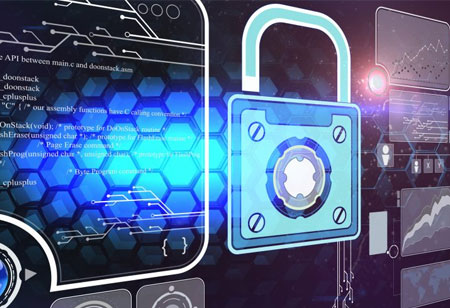THANK YOU FOR SUBSCRIBING
Cybersecurity Challenges of the Future: Solutions for Enterprises
Cyberattacks have been escalating in recent years, and according to Cisco's predictions, 53 percent of recent cyber attacks have led to companies spending more than $500,000 to overcome the effects.

By
Apac CIOOutlook | Friday, March 05, 2021
Stay ahead of the industry with exclusive feature stories on the top companies, expert insights and the latest news delivered straight to your inbox. Subscribe today.
Cyberattacks have been escalating in recent years, and according to Cisco's predictions, 53 percent of recent cyber attacks have led to companies spending more than $500,000 to overcome the effects.
As people use social media, they are sharing personal and business information on these media. Cybercriminals are taking this as an advantage to target consumers and infect their devices with viruses.
Cybercriminals are now targeting users with business emails. They are now easily launching their attacks via email on unsuspected individuals and organizations using the information found on social media. Emails have become an imperative part of personal and professional life. It is now used for all types of communication and sharing of information for both daily correspondence and highly precise documentation.
Check out: Top Cyber Security Companies
Email scam is a common technique for ransomware network infection. According to a PhishMe report, 93 percent of all phishing emails contain ransomware, and it is important to train organization security personnel to handle spam emails safely. Fraudsters steal sensitive information such as credit and debit card details, login information or infect the device of victims with security attacks such as malware and phishing. In recent days, man-in-the-middle (MitM) attacks are also on the rise; these types of attacks happen when attackers enter a two-party transaction. Attackers can filter and steal data once traffic is interrupted. Authentication is the most leveraged method for data security. In order to access systems, users must provide a password, code, biometric data or any other form of data to verify their identity to be granted with authentication.
Machine learning technology helps organizations to protect from cyber threats. It helps security analysts by predicting the behaviors of viruses or malware. To identify the fragments of evidence, machine learning makes use of algorithms at the initial stage of attacks. Smaller organizations realize that they need to be as ready with cybersecurity as large organizations; it is no longer an IT problem, but a more significant challenge for every organization. The sophistication in the cyberattacks will continue to increase, and organizations must prepare themselves and use technology to combat the ever-increasing security challenges.
See Also: Cyber Security Review





